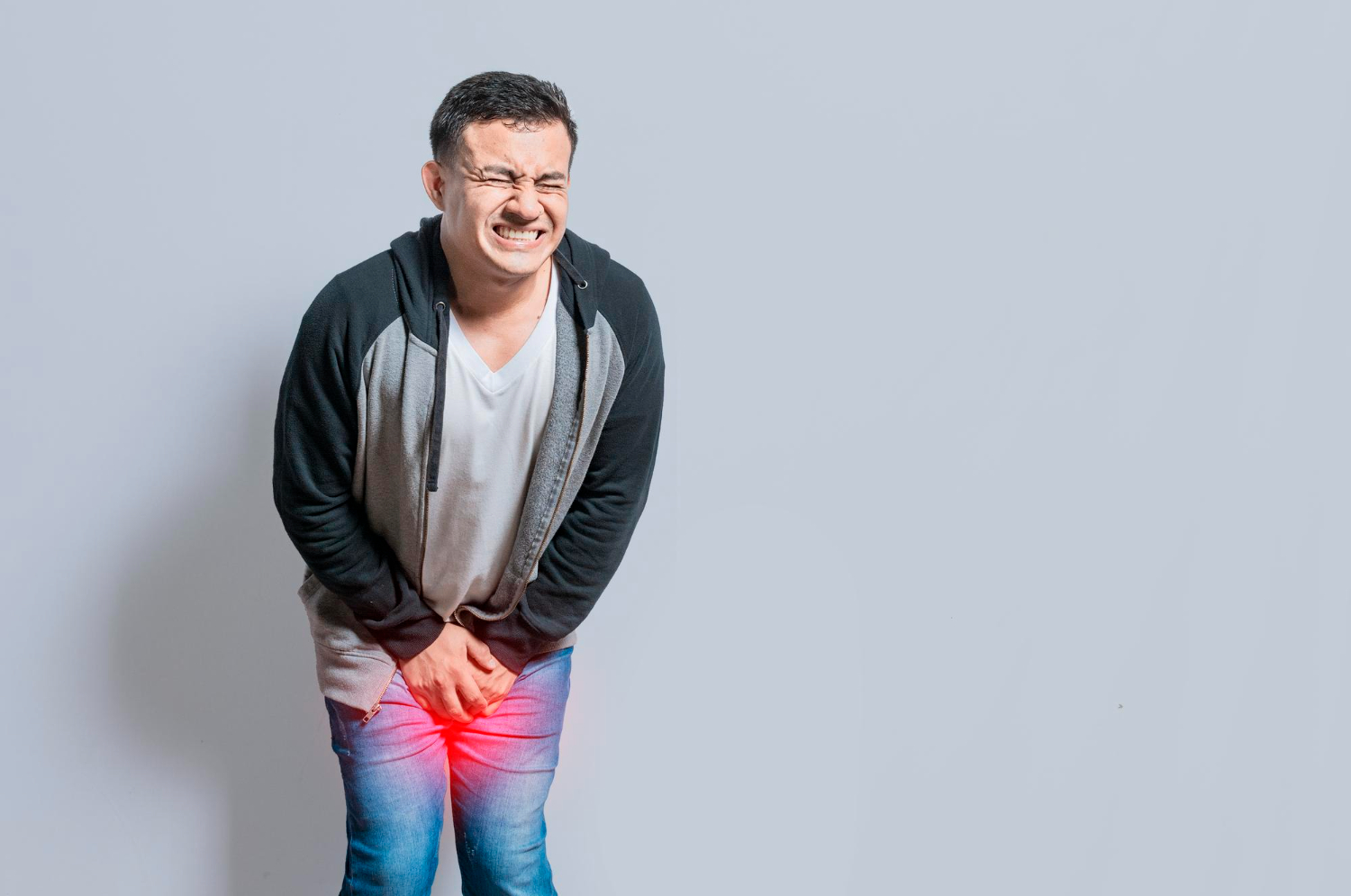Peyronie’s disease is a complex condition that affects the penis, characterized by the formation of scar tissue (fibrous plaque) that causes abnormal curvature during erection. This disorder can make sexual intercourse painful and negatively affect the quality of life of those who suffer from it. But what causes Peyronie’s disease? In this article, we will examine in detail the causes, risk factors, symptoms, and possible therapies, also addressing some frequently asked questions found online, such as what causes the symptoms of Peyronie’s disease, what causes Peyronie’s disease and other related searches.
What causes Peyronie’s disease? A Complete insight into the causes and symptoms of Peyronie’s disease by Prof. Fabio Castiglione!
Introduction to Peyronie’s disease
Peyronie’s disease is a condition that mainly affects men and is characterized by the formation of scar tissue in the penis. This tissue, also known as a fibrous plaque, reduces the elasticity of the penis and changes its shape, causing curvature during erection. These alterations can lead to pain, erectile dysfunction, and difficulties during sexual intercourse.
What causes Peyronie’s disease?
Although the condition was described back in the XVIII century, its exact causes remain partially unknown. Current research indicates that a variety of factors may contribute to its development, including:
- Repeated microtraumas
- Genetic predisposition
- Advanced age
- Cigarette smoking
- Previous surgical procedures
- Connective tissue disorders
- Diabetes mellitus
- Inflammatory factors
Risk factors and specific causes

Repeated microtraumas
One of the most widely accepted theories suggests that repeated microtraumas to the penis may be the main trigger of the disease. During sexual intercourse or other physical activities, small injuries to the tunica albuginea can occur, triggering an abnormal inflammatory response. This mechanism is often cited in research as what type of trauma causes Peyronie’s disease. In predisposed individuals, these microtraumas can lead to the formation of fibrous plaque, altering the structure of the penis.
Genetic predisposition
Recent studies highlight the importance of genetic predisposition. Men with a family history of connective tissue disorders, such as Dupuytren’s contracture, are at greater risk of developing Peyronie’s disease.
Advanced age
As the years pass, the tissues of the penis lose elasticity and become more susceptible to damage. Peyronie’s disease is more frequently observed in men over the age of 50*. The progressive loss of elasticity, combined with other factors, increases the likelihood of fibrous plaque formation.
Cigarette smoking
Smoking has been identified as an important risk factor. The toxic substances in cigarette smoke compromise blood circulation, triggering inflammatory processes that favor the formation of scar tissue.
Previous surgical procedures
Certain surgical procedures, especially those involving the prostate, can increase the risk of developing the disease. Surgical manipulations may cause microtraumas or alter the vascularization of the penis, facilitating the formation of fibrous plaques.
Connective tissue disorders and diabetes mellitus
Conditions such as Dupuytren’s contracture or Ledderhose disease, together with diabetes mellitus, are associated with an increased risk of developing Peyronie’s disease. These conditions can cause structural and inflammatory changes in connective tissue, predisposing individuals to scar tissue formation.
What causes Peyronie’s disease? Find out the answers with Prof. Fabio Castiglione! Book your consultation now at +447830398165!
Symptoms of Peyronie’s disease

The symptoms of the disease are essential to understanding what causes the symptoms of Peyronie’s disease. Among the main signs are:
- Curvature of the penis: The deformity during erection can range from mild to very pronounced.
- Pain during erection: Often the pain is localized in the area of the fibrous plaque.
- Presence of nodules or hardened areas: These can be felt along the penis and indicate the buildup of scar tissue.
- Erectile dysfunction: The ability to achieve and maintain an erection can be compromised, affecting quality of sexual life.
Diagnosis and evaluation methods
The diagnosis of Peyronie’s disease is based on:
- Clinical examination: The doctor evaluates the curvature of the penis and the presence of any nodules.
- Penile ultrasound: An essential investigation to measure the extent of the plaque and assess the tissue’s vascularization.
- Specific diagnostic tests: In some cases, more in-depth examinations may be required to rule out other conditions.
The accuracy of the diagnosis is crucial for determining the most suitable therapeutic path!
Advanced therapeutic options

Shockwave therapy (P-Shocks)
P-Shocks is an innovative therapy that uses low-intensity shockwaves to stimulate tissue regeneration and improve blood circulation.
Advantages:
- Non-invasive and painless
- Reduces pain and curvature
- Improves erectile function
This treatment is often recommended in cases where the disease is still in its active phase and responds well to conservative solutions.
Penile traction therapy (RestoreX)
A medical device that applies controlled traction to the penis, RestoreX helps reduce curvature and improve tissue elasticity.
Benefits:
- Improvement in penile length
- Non-invasive alternative to surgery
- Can be combined with other therapies for synergistic results
Pharmacological and surgical treatments
In more severe cases, it is possible to use:
- Collagenase Injections (Xiaflex): To partially dissolve the fibrous plaque.
- Anti-inflammatory medications: Such as pentoxifylline.
- Surgical procedures: In the case of very pronounced deformities or severe erectile dysfunction, surgical approaches such as plication or grafting may be necessary.
These options also address the question which medication causes Peyronie’s disease when examining the impact of drugs and treatments on tissue changes.
Patient testimonials and outcomes

Many patients treated by Prof. Fabio Castiglione in London have reported remarkable improvements:
- Case 1: A patient with a 40° curvature reduced the deviation by 50% after 8 P-Shocks sessions.
- Case 2: Another patient used RestoreX for 3 months, experiencing improved elasticity and a significant reduction in pain.
- Case 3: A combined approach (P-Shocks + pharmacological therapies) resulted in stable outcomes over time, improving both erectile function and the quality of sexual life.
Conclusions
Peyronie’s disease is the result of a complex interplay of factors, including microtraumas, genetic predisposition, smoking, advanced age, and other medical conditions. Understanding what causes Peyronie’s disease is crucial for early diagnosis and for defining the most appropriate therapeutic path. Don’t let the disease compromise your sex life and your wellbeing! If you have noticed symptoms such as abnormal curvature, pain during erection, or palpable nodules, contact Prof. Fabio Castiglione for an accurate and personalized evaluation. Book a consultation today at +447830398165 and start your journey toward a better quality of life! Don’t wait! If you’re concerned about your symptoms or would like to explore possible causes of the condition, get in touch with Prof. Fabio Castiglione today. Visit the official website, read patient testimonials, and discover how innovative therapies can help you regain your sexual wellbeing and peace of mind.


